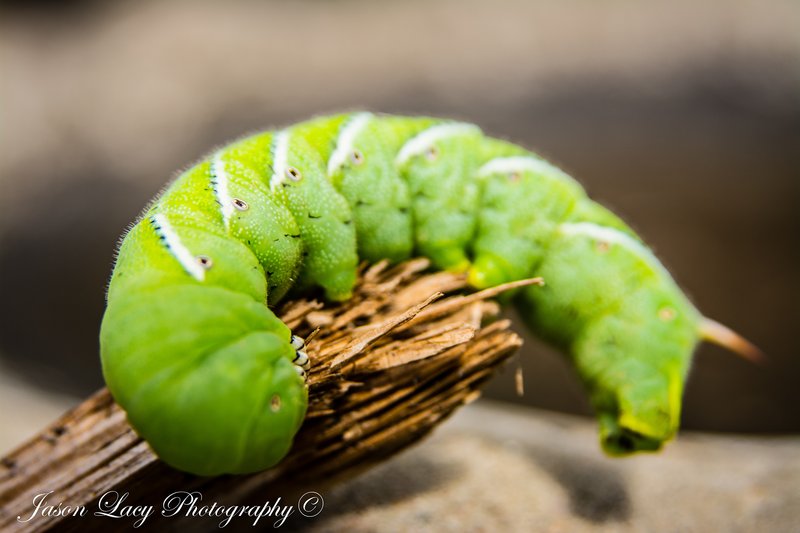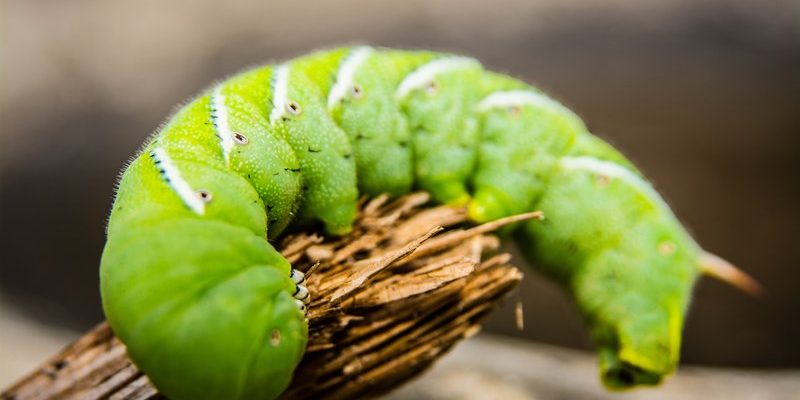
Picture your favorite TV series that shifts dramatically from one season to another. In spring, everything’s fresh and vibrant; summer is full of action; fall brings change; and winter leads to rest. Hornworms experience similar transitions. Understanding their behavior throughout the year can give you insight into gardening, pest control, and even their role in the ecosystem.
Now, let’s dive into the world of hornworms and explore how their behavior varies across the seasons, providing a richer picture of their life cycle.
Spring: Awakening and Growth
Spring is a time of awakening, not just for plants but for hornworms too. As temperatures start to rise, these little guys emerge from their pupal stage. Picture a caterpillar breaking free after a long winter’s nap—a bit like us after a cozy sleep!
During this season, hornworms are busy feasting on tender, young leaves, particularly from tomato and pepper plants. They can eat a surprising amount, growing rapidly and storing energy for their transformation. The warmth of spring encourages them to eat as much as possible, preparing for the next stages of their lifecycle.
You might wonder: how do they find their food? Well, hornworms have excellent senses that help them locate the freshest leaves. They often munch on the undersides of leaves, making them somewhat sneaky pests but also skilled foragers. Their vibrant green color helps them blend in with the foliage, which is a clever tactic to avoid predators.
Summer: Peak Activity
As summer rolls in, hornworm activity reaches its peak. This is the time when they’re most noticeable in gardens, thanks to their voracious appetites. Imagine a bustling marketplace—hornworms are like the hungry shoppers filling their carts (or, in this case, their bellies) with as much food as they can find!
During the hot months, hornworms feed aggressively, growing up to four inches long in just a few weeks. They can decimate a tomato plant overnight, leaving behind only skeletonized leaves. It’s quite an impressive, albeit destructive, feat.
But here’s the thing: while hornworms are busy munching, they’re also preparing for their next big step. In late summer, when their bodies are full and ready, they begin to wander away from the food source. They seek out safe spots in the soil or nearby plants to form a pupae, where they will undergo metamorphosis. This wandering behavior is crucial, as it allows them to find the right place to transform into moths, away from threats.
Fall: Transformation Time
As temperatures start to drop and fall sets in, hornworms are on the brink of transformation. This is a pivotal moment in their lives—just like a caterpillar changing into a butterfly, they are entering their final stage as caterpillars.
In the fall, you might notice these caterpillars slowing down. They find spots underground or in plant debris to form protective cases around themselves. Here’s where the magic happens! Inside their pupal shells, they’re transforming into moths. It’s a bit like waiting for a surprise party—there’s a lot going on just beneath the surface.
This stage can last several weeks to months, depending on environmental conditions. If the fall is warm, they may emerge sooner, ready to find mates. If it’s chilly, they might wait until spring to complete their cycle. This ability to adapt to seasonal changes is what helps them thrive in different climates.
Winter: Rest and Survival
During winter, hornworms are in one of their most fascinating stages: dormancy. Just like how we bundle up and hibernate indoors, hornworms are all tucked away, waiting for the warmer months to return.
In this chilly season, hornworm pupae are hidden in the soil or dead plant material, where they’re relatively safe from freezing temperatures and predators. The cold weather triggers a sort of metabolic slowdown, keeping them in a dormant state until spring. If you’re gardening, it’s wise to know that these pupae are still around, waiting for their opportunity to come back to life.
Interestingly, while they don’t damage plants in winter, their presence is crucial for the ecosystem. They become part of the soil’s nutrients when they eventually decompose, enriching the earth for new growth in spring. It’s nature’s way of recycling and sustaining life, which is pretty amazing!
So, there you have it! Hornworm behavior changes dramatically with the seasons, from their lively feasting in spring and summer to their quiet dormancy in winter. Understanding these behaviors not only helps you as a gardener but also highlights the intricate balance of our ecosystem.
Next time you see a hornworm in your garden, remember that it’s not just a pest—it’s a creature with a fascinating life cycle and an important role in nature’s tapestry. By appreciating these little guys and their seasonal behaviors, we can work towards better gardening practices that support both our plants and the creatures that inhabit them. Keep watching your garden, and you’ll see how nature’s rhythms play out through these remarkable insects!

